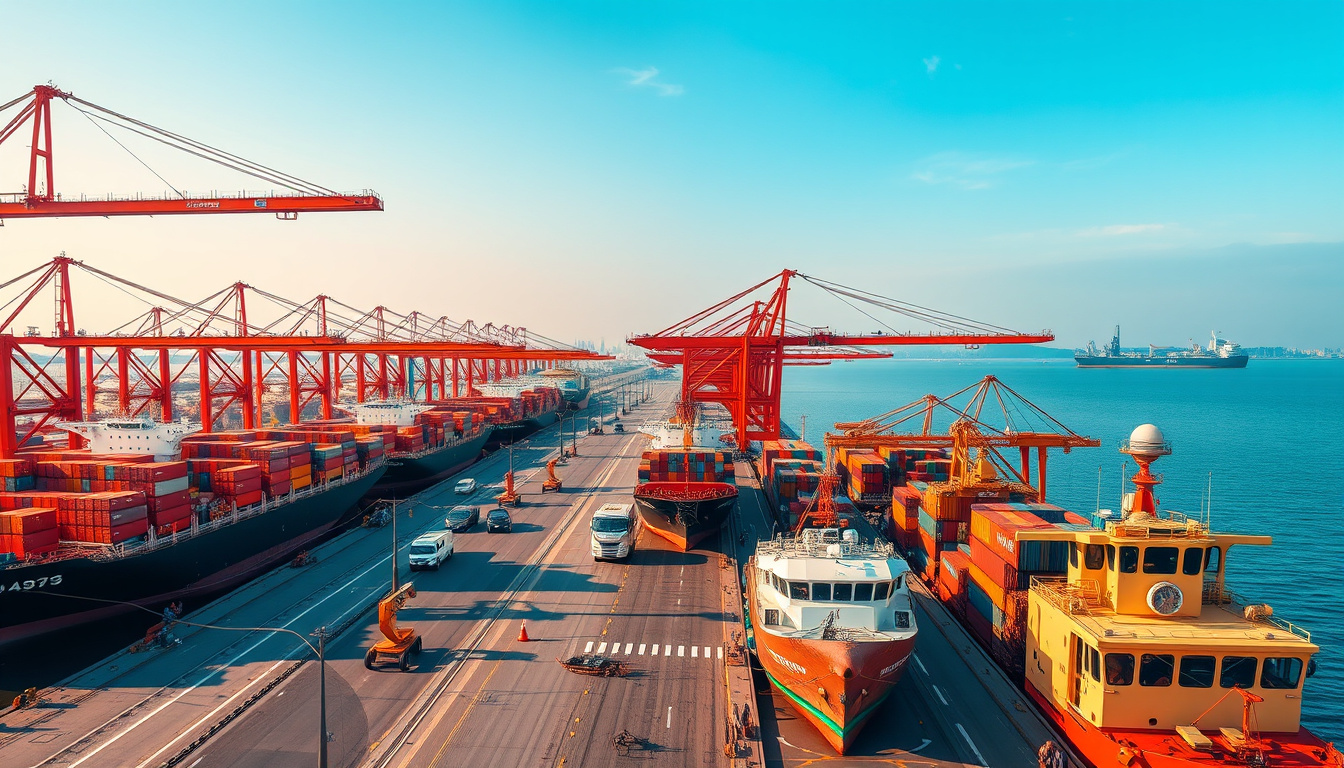In today’s interconnected global economy, the customs tariff plays a critical role in shaping trade dynamics and influencing business costs. A customs tariff, essentially a tax imposed on imported goods, can significantly impact the price and competitiveness of products across borders. Understanding how customs tariffs function and their broader implications is vital for businesses engaged in international trade, policymakers, and consumers alike.
This article explores how customs tariffs affect global trade, the resulting costs for businesses, and the tools available to navigate the complexities of tariff classification and compliance.
What Is a Customs Tariff?
A customs tariff is a financial charge levied by a government on goods imported into its country. Tariffs serve multiple purposes:
- Protecting domestic industries from foreign competition by making imported goods more expensive.
- Generating revenue for the government.
- Influencing trade negotiations and economic policies.
The rates vary by product category, origin, and country of import, and are determined according to international classification systems such as the Harmonized System (HS) codes.
The Role of Customs Tariff in Global Trade
Customs tariffs have a far-reaching impact on international commerce. Here are key ways they influence trade:
1. Affecting Price Competitiveness of Imported Goods
By increasing the cost of imported products, tariffs make domestic goods relatively cheaper, encouraging consumers to buy locally produced items. While this can help protect local jobs and industries, it often leads to higher costs for consumers and businesses relying on imported inputs.
2. Influencing Trade Flows and Supply Chains
Tariffs can alter global supply chains by prompting companies to shift sourcing to lower-tariff countries or invest in local production. This realignment affects trade volumes between countries, sometimes slowing down global trade growth.
3. Triggering Trade Wars and Retaliation
High tariffs have historically led to retaliatory measures from trade partners, escalating into trade wars that disrupt markets and create uncertainty for businesses. The U.S.-China trade war is a recent example where escalating tariffs added complexity and costs to global trade.
How Customs Tariff Impacts Business Costs
Businesses involved in importing goods bear the direct burden of customs tariffs, which can manifest in several ways:
Increased Import Costs
Tariffs raise the landed cost of goods, which includes the purchase price, transportation, insurance, and tariff itself. For businesses, this results in higher expenses that may reduce profit margins or lead to increased prices for consumers.
Compliance and Administrative Expenses
Navigating customs tariffs requires detailed knowledge of tariff codes and regulations. Incorrect classification or documentation can lead to penalties, delayed shipments, and additional costs. Investing in compliance resources, including tariff classification tools, becomes essential.
Effects on Pricing and Market Strategy
To remain competitive, companies must decide whether to absorb tariff costs, pass them to customers, or explore alternative sourcing strategies. These decisions impact pricing, product offerings, and long-term market positioning.
Leveraging Classification Tools for Tariff Management
Properly identifying the customs tariff applicable to a product is crucial for accurate duty calculation and compliance. Tools like Classifast.com provide instant classification of any text description against standards such as UNSPSC, NAICS, ISIC, ETIM, CN, and HS codes.
Using such services helps businesses quickly obtain accurate tariff codes, reducing the risk of misclassification. This streamlines customs clearance, prevents costly errors, and ensures that tariff costs are properly accounted for in pricing and procurement decisions.

Benefits of Using Classifast and Similar Services
- Instant access to multiple international classification standards.
- Simplified compliance with customs regulations.
- Reduced administrative overhead and quicker customs processing.
- Enhanced ability to analyze and manage product categories and tariff implications.
Strategies for Businesses to Mitigate Tariff Costs
While tariffs are often unavoidable, businesses can adopt strategies to minimize their impact:
- Sourcing Diversification: Shift supply chains to countries with favorable trade agreements or lower tariffs.
- Product Reclassification: Review product definitions and components to benefit from lower tariff categories where applicable.
- Tariff Engineering: Modify product designs or packaging to fall under less costly tariff brackets (while ensuring compliance).
- Leveraging Free Trade Agreements (FTAs): Utilize trade agreements to benefit from reduced or zero tariffs on qualified goods.
- Customs and Tax Planning: Engage experts or use classification tools to optimize customs processes and costs.
Global Trends and the Future of Customs Tariffs
The global trade environment continues to evolve, influenced by geopolitical shifts, trade agreements, and economic policies. According to the World Trade Organization (WTO), while tariffs have generally decreased over recent decades due to multilateral agreements, recent protectionist measures may reverse this trend (source).
Technological advancements and digital tools like Classifast enable businesses to better adapt by easing classification and compliance burdens. However, companies must remain vigilant and proactive in monitoring tariff changes to stay competitive.
FAQ – Understanding Customs Tariff
Q1: What is the difference between customs tariff and import duty?
A customs tariff is the schedule or list of taxes imposed on various imported goods, while import duty refers to the actual tax paid on a specific shipment based on the tariff for that product.
Q2: How can businesses find the correct customs tariff for their products?
Businesses can use classification tools such as Classifast.com to input product descriptions and instantly receive accurate tariff codes like HS or UNSPSC, ensuring proper duty calculation.
Q3: Do customs tariffs affect exporting businesses?
While customs tariffs directly impact importers, exporters may also be affected if tariffs in the destination country make their products less competitive or trigger retaliatory duties.
Conclusion: Navigating Customs Tariffs for Business Success
Customs tariffs are an integral part of the international trade landscape that directly influence global trade flows and business costs. Understanding how tariffs operate and their implications enables companies to make smarter sourcing, pricing, and compliance decisions. Leveraging classification tools like Classifast.com can simplify the complex task of tariff identification, minimize costly errors, and streamline customs processes.
By staying informed and proactive about customs tariffs, businesses can better manage costs, mitigate risks, and seize opportunities in the global marketplace. Start utilizing advanced classification resources today to optimize your customs management and drive international trade success.
